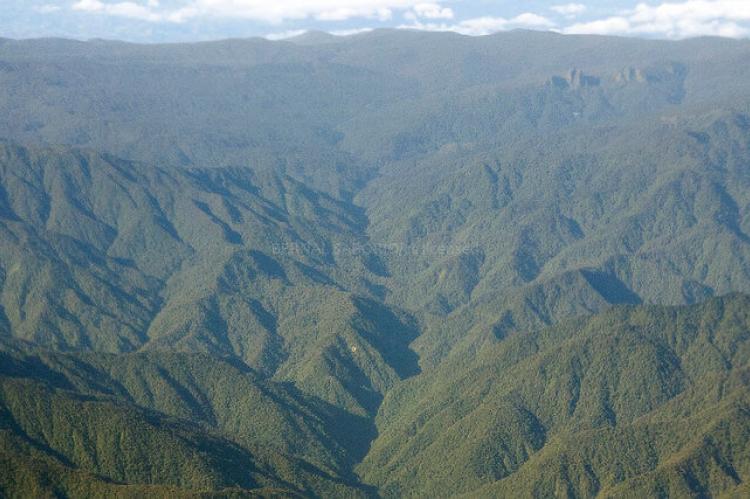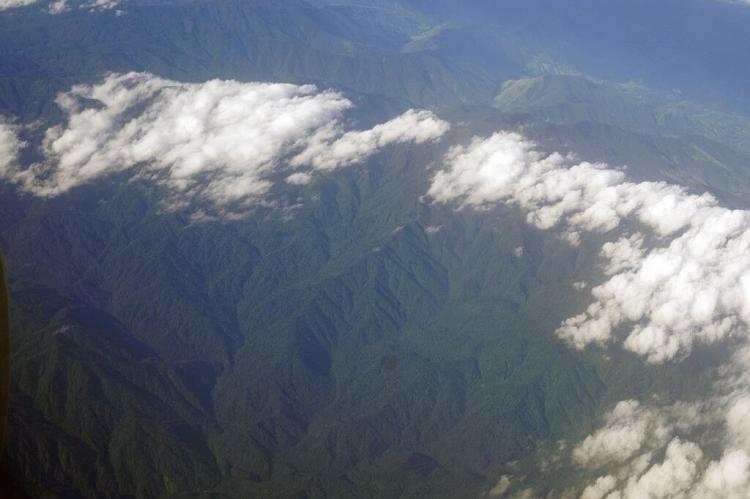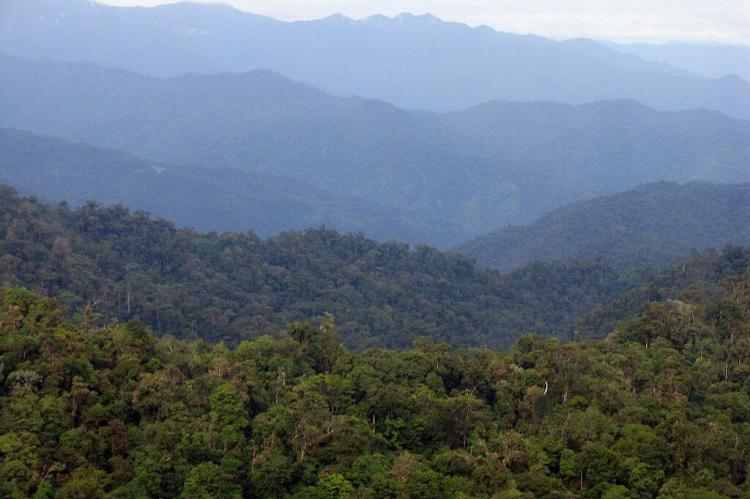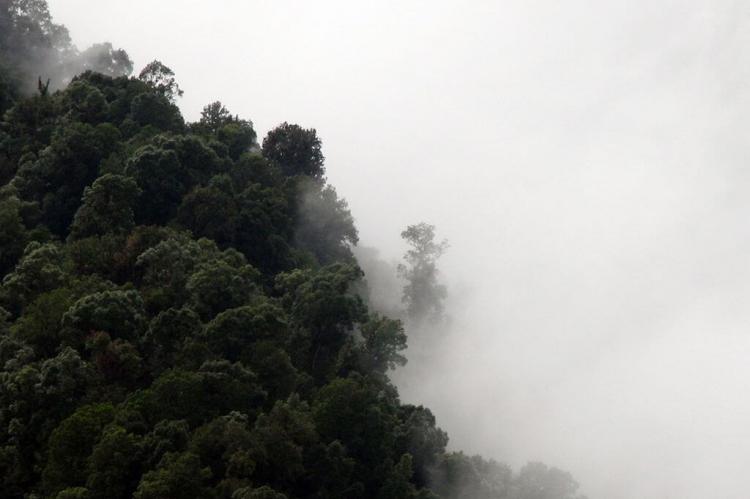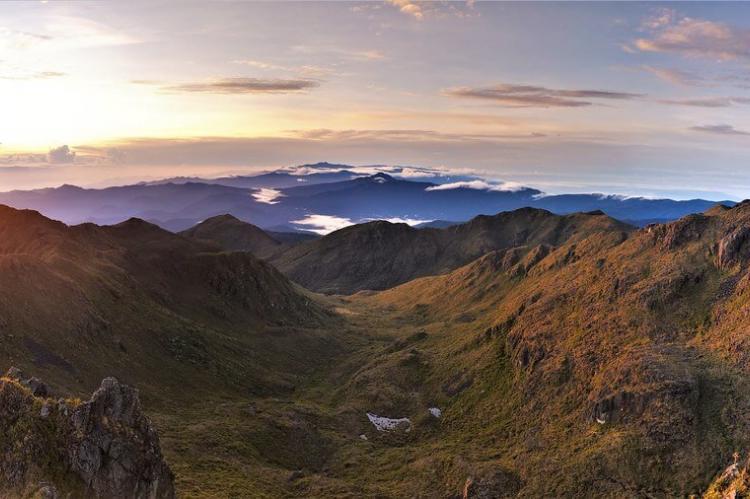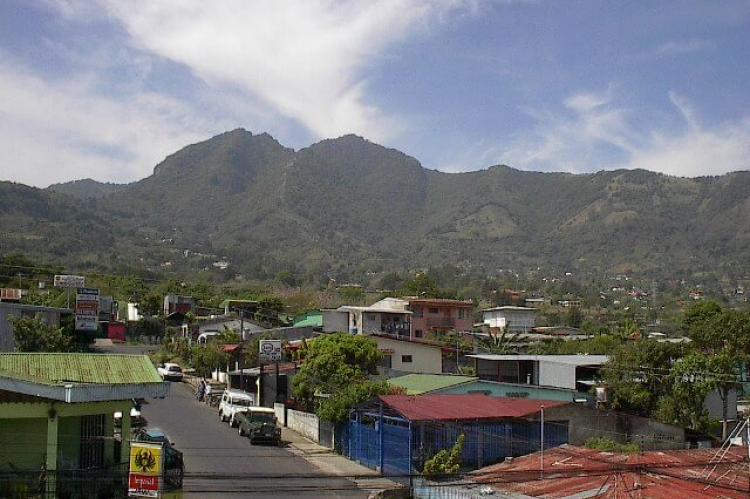Cordillera de Talamanca: Mountain Range (Costa Rica, Panama)
The Cordillera de Talamanca is a mountain range in the southeast half of Costa Rica and the far west of Panama and contains its highest peaks. The range rises from sea level on the Caribbean side to over 12,000 ft and then drops back down to the General Valley on the Pacific side.
Cordillera de Talamanca
The Cordillera de Talamanca is a rugged, extensive mountain range in southern Costa Rica extending into western Panama. It is one of Central America's most significant and diverse mountain ranges, known for its exceptional biodiversity, unique ecosystems, and cultural heritage.
In southern Costa Rica, the Cordillera de Talamanca range stretches from southwest of San José southeastward to beyond the border with Panama. It runs roughly parallel to the Pacific coastline, forming a natural barrier between the central highlands of Costa Rica and the coastal lowlands.
This spectacular mountain range rises from sea level on the Caribbean side to over 12,000 ft (3,650 m) and then drops back down to the Valle General on the Pacific side.
The Cordillera de Talamanca contains the highest peaks of Costa Rica and Panama, among them Mount Chirripó at 3,819 m (12,530 ft) above sea level and where, on a clear day, both the Caribbean Sea and the Pacific Ocean are visible.
A more accessible high peak is Cerro de la Muerte at 3,451 m (11,322 ft) above sea level. Other notable peaks in the range include Cerro Kamuk and Cerro Terbi.
This range was a volcanic island in the geological past; it was raised due to tectonic uplift, and its separation from other mountain ranges means that it has developed many endemic species of animals and plants, often with affinities to Andean forms.
Poor transportation resources limit access to the Talamanca region. Therefore, much of the Caribbean areas of the range are still unexplored. However, several national parks and indigenous reservations, including Chirripó National Park, are located here.
The Talamanca Range-La Amistad Reserves / La Amistad National Park, which extends along the border between Costa Rica and Panama, has been designated a UNESCO World Heritage site and is the first bi-national Biosphere Reserve.
December through March is the driest season. The lower altitudes of the range can be quite hot. The summit areas of the mountains can be very cold and wet year-round. Below-freezing temperatures are ordinary at higher elevations.
Ecosystems
The Cordillera de Talamanca hosts an incredible range of ecosystems due to the varying altitudes and climates. These ecosystems include tropical rainforests, cloud forests, highland Páramo, and alpine grasslands.
The lower slopes of the mountains are covered with rainforests. The highest slopes are covered with Páramo vegetation, similar in appearance to the Páramo in the Andes.
The region's diverse habitats support a wide variety of plant and animal species, including numerous endemic and rare species.
Biodiversity
The range is recognized as a biodiversity hotspot due to its exceptional species richness and endemism levels. The area is home to many endemic plant species, amphibians, reptiles, and birds, making it crucial for conservation efforts. It is also an essential habitat for many large mammals, such as the Baird's Tapir, the Puma and the Jaguar.
Protection Status
Due to its ecological significance, various national parks, wildlife refuges, and conservation areas protect the Cordillera de Talamanca. These protected areas help safeguard the unique ecosystems and species in the range.
Despite its protected status, the Cordillera de Talamanca faces environmental challenges, including illegal logging, habitat fragmentation, and the impacts of climate change.
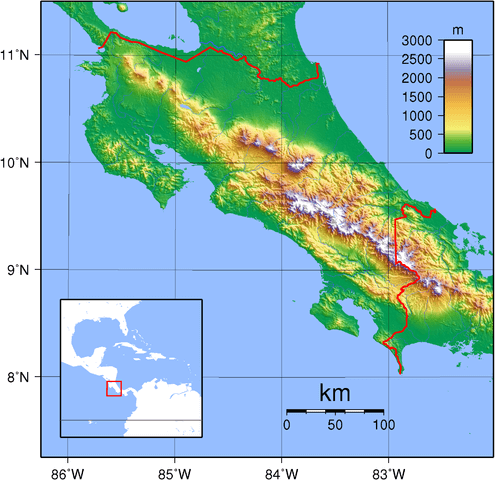
Topographic map of Costa Rica depicting the Talamanca range in southeastern Costa Rica and western Panama
